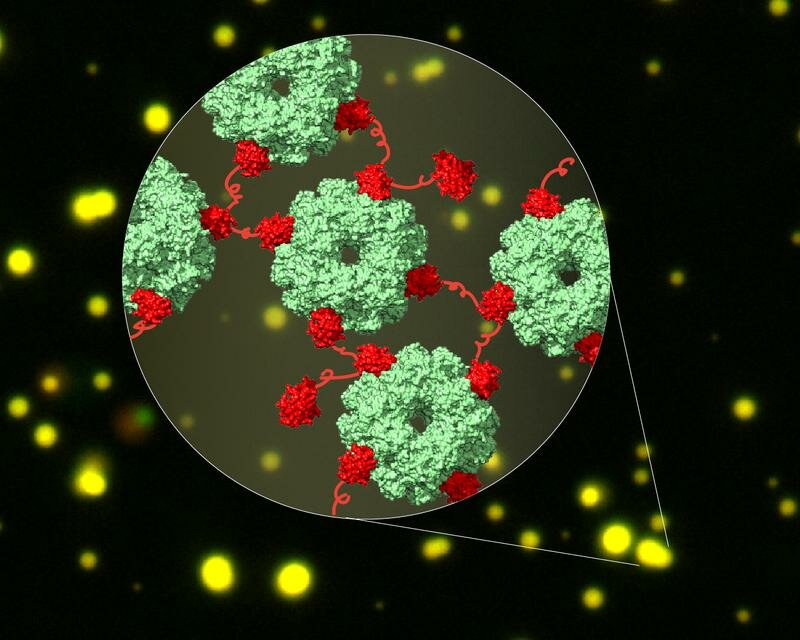International Team of Scientists Finds a Way to Boost Plant’s Photosynthesis and Increase Crop Yields

Researchers at the Max Planck Institute of Biochemistry (Germany) have teamed up with colleagues at the Australian National University in an effort to increase the efficiency of photosynthesis in plants so that they can yield more crops and meet the demand of food for the global population.
The international team studied the formation of carboxysomes, which is a structure found in aquatic bacteria that can increase the photosynthesis. Plants need sunlight to convert the water and carbon dioxide through photosynthesis, and an essential enzyme of the reaction is a catalyzer called rubisco. This enzyme is the most abundant enzyme on Earth and catalyzes the fixation of CO2 gathered from the atmosphere.
However, it is inefficient and slow, losing most of the energy as it also reacts with oxygen. So, led by Manajit Hayer-Hartl, the team have been looking into a new way to improve rubisco and helped contribute to this effort with a new strategy.
Trapping Rubisco in Carboxysome Structures
Using cyanobacteria, the researchers can increase the concentration of CO2 in plants’ structures called carboxysomes and trap the rubisco in these structures.
“In this study, we took advantage of the rapidly developing method of cryo-electron microscopy to capture these dynamic interactions,” explains one of the authors of the study, Huping Wang.
Forming carboxysomes helps to boost photosynthesis as they concentrate the CO2 close to rubisco and makes them more efficient. The study can be applied to plants so that they can yield more crops, without the need of fertilizers, concluded Manajit Hayer-Hartl:
“If we could transfer functioning carboxysomes into higher plants, this would give crops an extra boost by allowing them to fix CO2 more efficiently. The energy, which is usually lost in the reaction of rubisco with oxygen, would go towards the production of biomass.”
0 comments